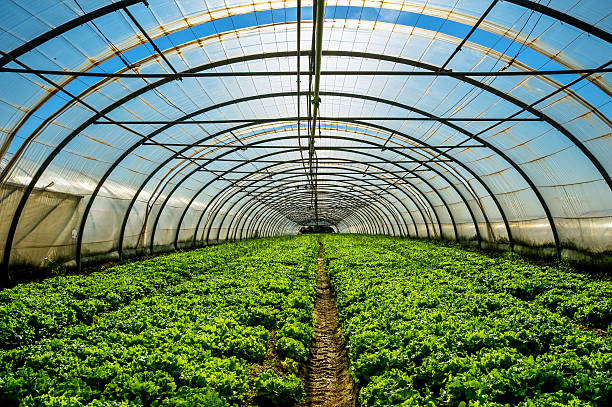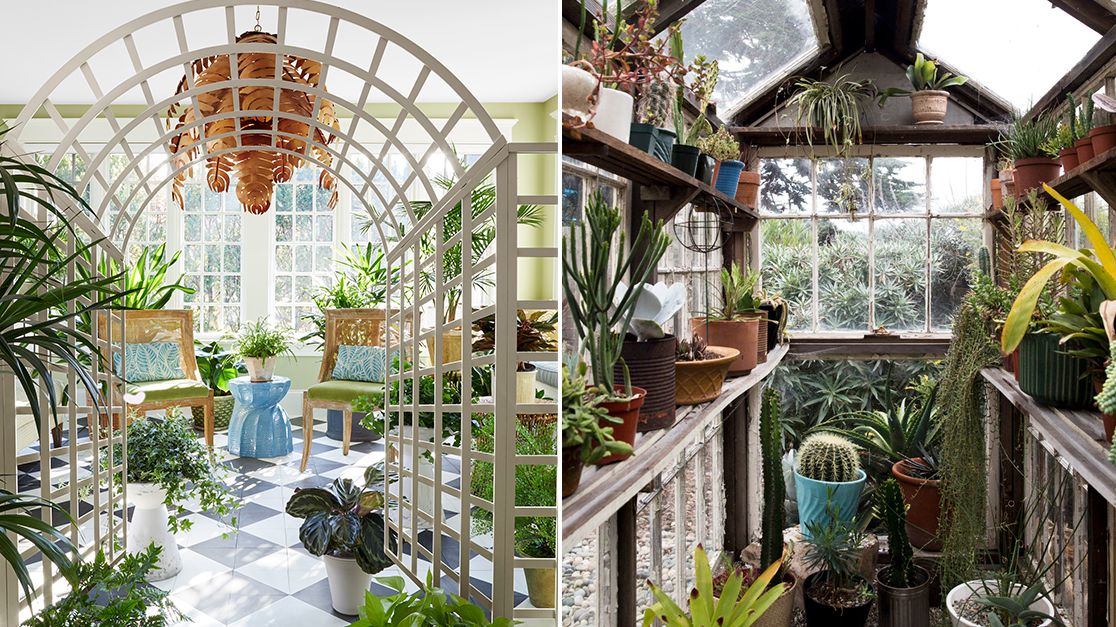The Future of Greenhouses: Developments in Sustainable Farming
Are you interested about the future of greenhouses and exactly how they are revolutionizing lasting agriculture? Look no additional! In this article, we will discover the interesting innovations that are leading the way for a greener and much more effective farming sector. From sophisticated environment control systems to vertical farming methods, water-efficient watering techniques, renewable energy assimilation, and smart data analytics, these developments are changing the way we grow our food. Get prepared to discover the future of lasting farming in greenhouses!
Advanced Climate Control Equipment
To attain optimal growing problems, you can rely on the innovations in greenhouses with sophisticated climate control systems. These systems have revolutionized the way we grow plants, offering a regulated environment that contributes to plant growth. With these innovative systems, you can currently adjust temperature level, humidity, light levels, and even CO2 focus to produce the excellent problems for your plants to prosper.
One of the crucial functions of these sophisticated environment control systems is their ability to control temperature level. By making use of sensors and automated controls, the greenhouse can adjust the temperature based on the particular needs of the plants. This guarantees that they are never subjected to severe warm or chilly, which can be harmful to their growth.
Moisture control is another important facet of these systems. By keeping the suitable moisture degrees, you can protect against issues such as mold and mildew, mold, and illness from affecting your plants. These systems can additionally control the quantity of light that reaches the plants, making certain that they receive the ideal amount for photosynthesis.
In addition, advanced climate control systems can even control carbon dioxide focus. By increasing the levels of CO2 in the greenhouse, you can improve plant development and efficiency. This is especially beneficial in locations with reduced all-natural CO2 levels.
Vertical Farming Strategies
One essential vertical farming technique is utilizing piled growing systems. Monarch Greenhouse builder Utah. These systems entail preparing plants in multiple layers, vertically stacked on top of each other. By making use of upright room, farmers can maximize their crop return without calling for additional land. Piled growing systems are frequently made use of in urban areas where space is restricted.
One preferred approach is called vertical hydroponics, where plants are grown in nutrient-rich water without dirt. This strategy is very reliable as it decreases water usage by as much as 90% contrasted to typical farming methods. In addition, because the plants are grown inside your home, they are secured from parasites and diseases, lowering the demand for pesticides.
One more method is aeroponics, which includes putting on hold the plant origins in a mist or air setting. This approach permits optimum nutrient absorption and oxygenation, causing faster development and higher yields. Aeroponics also uses much less water than standard farming and can be carried out in upright systems, making it a prominent selection for vertical farming.
Water-efficient Watering Techniques
When it comes to applying water-efficient irrigation methods in sustainable agriculture,Making the most of water preservation is crucial. With international water scarcity becoming a pressing concern, it is vital to establish innovative techniques that maximize water use in greenhouse operations.
One promising approach is drip irrigation, which delivers water straight to the plant roots, decreasing waste and evaporation. By utilizing a network of tubes with tiny emitters, water is used slowly and precisely, making sure that plants get the needed dampness without excess runoff.
One more effective technique is the use of dirt wetness sensors. These gadgets measure the moisture content in the dirt and offer real-time information to farmers. By keeping an eye on the soil's moisture degrees, farmers can accurately figure out when and how much water to apply, avoiding over-irrigation.
Moreover, the application of rain harvesting systems is obtaining appeal in greenhouse agriculture. Collecting rain from rooftops and keeping it in storage tanks enables farmers to utilize this natural deposit for watering objectives, minimizing reliance on traditional water resources.
Finally, the fostering of automated watering systems can considerably improve water performance. These systems utilize sensing units to find soil dampness levels and weather, readjusting irrigation timetables appropriately. By optimizing water use based upon real plant needs, these systems can minimize water waste and promote lasting farming practices.
Renewable Energy Assimilation
Now, allow's look into just how you can integrate renewable energy right into your greenhouse procedures for a much more sustainable future. Renewable resource combination in greenhouses offers a number of benefits, including lowered operating expenses and lowered dependence on non-renewable energy sources. One means to integrate renewable resource is through the installment of solar panels. These panels are positioned on the roof or surrounding areas of the greenhouse to capture sunshine and convert it into electrical energy. The generated power can then be used to run various operations within the greenhouse, such as lights, home heating, and ventilation systems. Additionally, excess energy can be stored in batteries for usage during non-sunlight hours. One more technique of eco-friendly power assimilation is using wind turbines. These wind turbines harness wind power and transform it into electrical energy, which can be utilized to supplement the power demands of the greenhouse. Incorporating renewable resource sources not only minimizes greenhouse gas exhausts yet also advertises sustainability and strength in your agricultural procedures. By welcoming renewable resource, you can add to a greener future while ensuring the long-term viability of your greenhouse business.
Smart Information Analytics and Automation
To improve the efficiency of your greenhouse procedures and enhance source usage, think about executing clever data analytics and automation. Smart information analytics includes collecting and assessing data from numerous sensors and gadgets within your greenhouse. By keeping an eye on elements such as temperature level, humidity, light degrees, and dirt dampness, you can acquire useful insights right into the wellness and development of your plants. This information can assist you make educated decisions regarding readjusting ecological problems, optimizing watering schedules, and protecting against potential issues prior to they arise.
Automation, on the other hand, entails making use of modern technology to automate tasks that were formerly done by hand. This can include automating the control of illumination, air flow, watering systems, and nutrient distribution. By automating these procedures, you can make sure that your plants receive the right websites problems and nutrients at the correct time, without the requirement for consistent manual intervention. This not only saves you effort and special info time however likewise lowers the threat of human error.
Furthermore, smart data analytics and automation can collaborate synergistically. The information gathered by sensing units can be utilized to notify automatic systems, enabling them to make real-time adjustments based upon the current problems. This assimilation of information analytics and automation can cause extra accurate and effective resource appropriation, ultimately causing greater returns and much better crop top quality.
Verdict
Finally, the future of greenhouses in sustainable agriculture looks appealing. With sophisticated climate control systems, vertical farming techniques, water-efficient watering techniques, and renewable resource combination, greenhouses are becoming a lot more effective and ecologically friendly. In addition, the use of smart information analytics and automation even more improves performance and minimizes waste. These advancements are leading the way for an extra reliable and sustainable farming industry, ensuring a greener and much healthier future for all.

By enhancing water use based on actual plant requirements, these systems can reduce water waste best site and advertise lasting farming practices.
